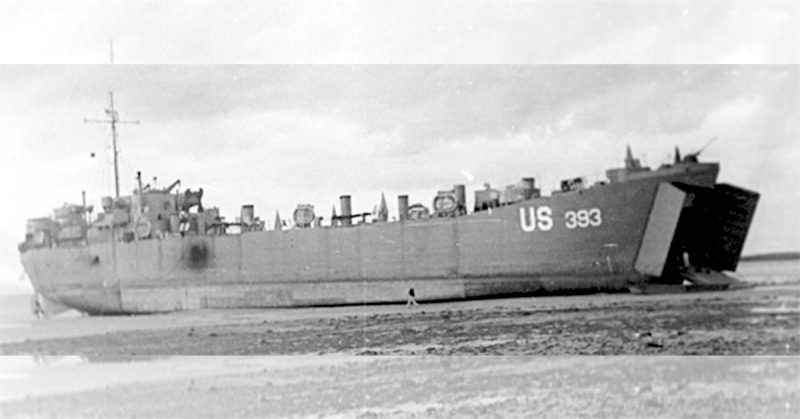When Lt. Paul Grambsch saved his ship’s tattered flag from destruction a few days after the D-Day invasion, he couldn’t know that 74 years later it would become the most prized artifact on board that ship, now a veterans museum in Muskegon, Mich. The museum was recently the subject of an extensive profile in the Detroit Free Press, from which this report is taken.
The ship-turned-museum is hosting a D-Day celebration event for all to attend. The USS LST 393 is a special ship. Not only did it deliver desperately-needed supplies in a pivotal and chaotic time of the war, but it’s also one of only two landing ships to still be in a serviceable and presentable condition. As a result, it was a good candidate for a museum exhibition.
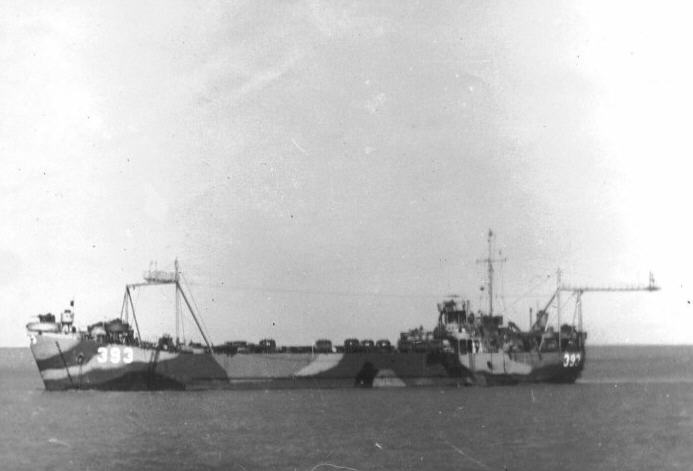
Landing ships were a hot topic in the early 1940s as the need to land on coastal beaches prompted over 1000 to be built in a timely manner, and numerous shipyards worked overtime to produce these desperately needed vessels.
The budget for the LST turned museum is small and it barely survives on minor tax-free donations. The walls of the museum are peppered with many pictures of people who served in the Second World War, along with diaries, texts, and original weaponry. The USS LST 393 has a rich history that extended beyond its wartime uses. This included transporting automobiles across the Great Lakes.
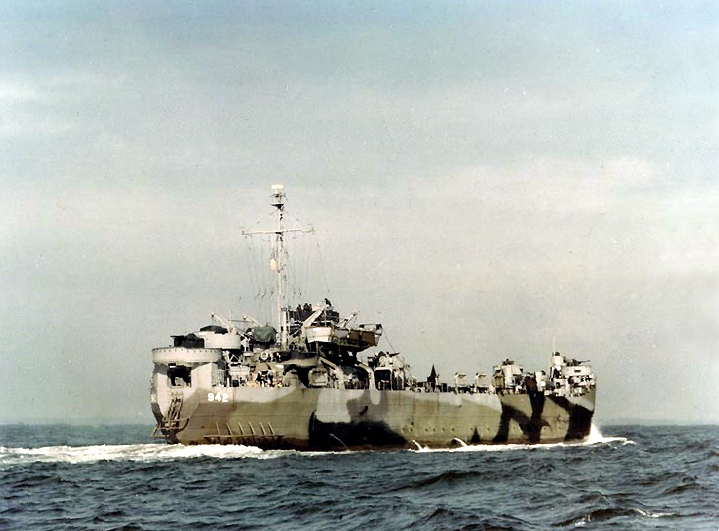
During the 1970s, when the ship served as a car transporter, it was officially named “MV Highway 16” and connected Muskegon, on the West Coast, and Milwaukee on the East. A shipyard quickly made the vessel operational as a civilian unit, even after all its years as a ship of war. After the war, in 1948, the McKee family took ownership of the USS LST 393 and used it as part of their marine transportation business. The McKee family saw the ship as the key to moving brand-new automobiles across Lake Michigan without much hassle.
The USS LST 393 had exhausted its profitable uses by 1973, though it soon found new life as an art exhibit. The McKee family were still enamored with the ship and with the help of Dan Weikel (war historian) and various support groups, they turned the ship into a museum. Due to the ship’s lengthy lifespan as a working vessel, the museum gives a more authentic and historic feel than that of a traditional, classy art museum.
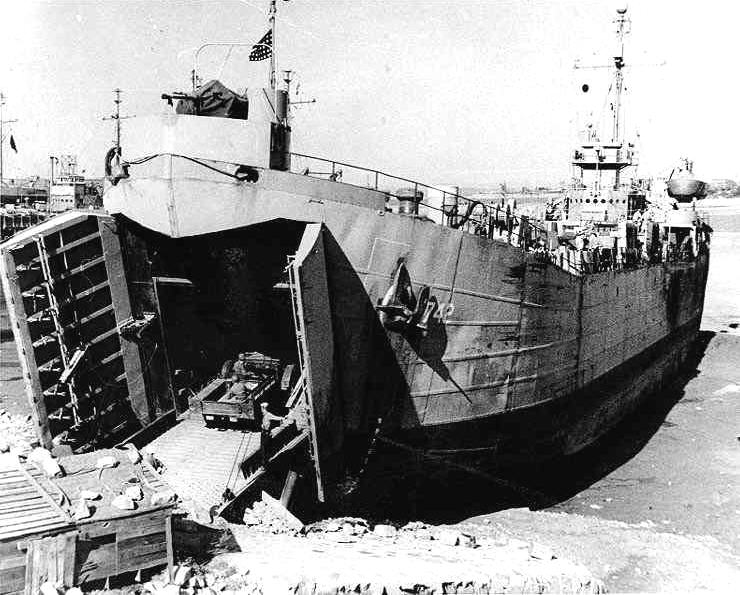
Americans have a genuine interest in understanding the events of WWII, and this is why the veterans’ support group organizes the D-Day tribute celebration each year. Their goal is to highlight smaller stories such as the USS LST 393 for greater exposure to the public. LST 393 Board Member, David Johnson reflected that as one gets older in the armed forces, one tends to think about things like honor, duty, and country in a deeper, more analytical manner.
Booker Butler, another veteran, stated that the world is different now and the training soldiers receive nowadays far surpasses the training methods of the past, mentioning that in many cases soldiers of WWII did not receive very much training at all and were more or less shoved into the front lines.
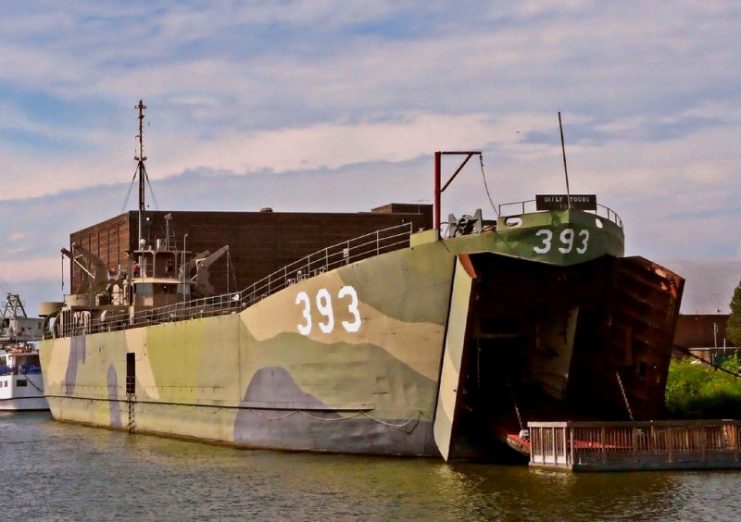
As for the event itself, the museum is situated on 560 Mart Street, Muskegon. It’s open every day from May to September. The operating hours are 10 am to 5 pm with multiple tours each day.
